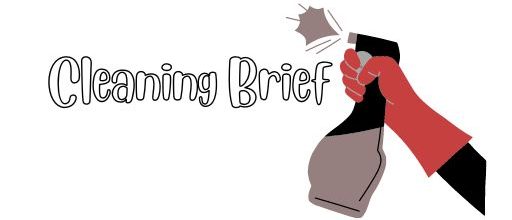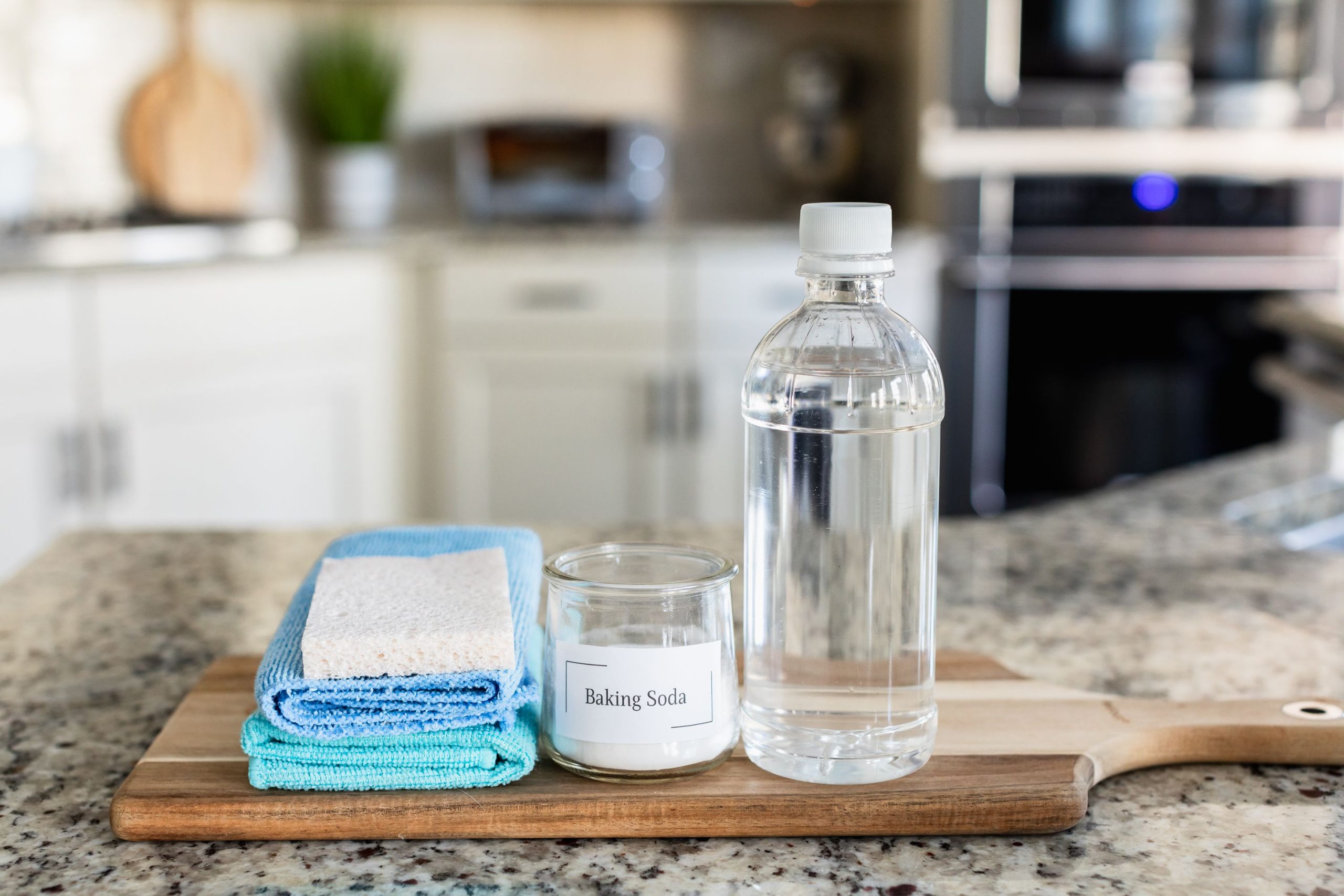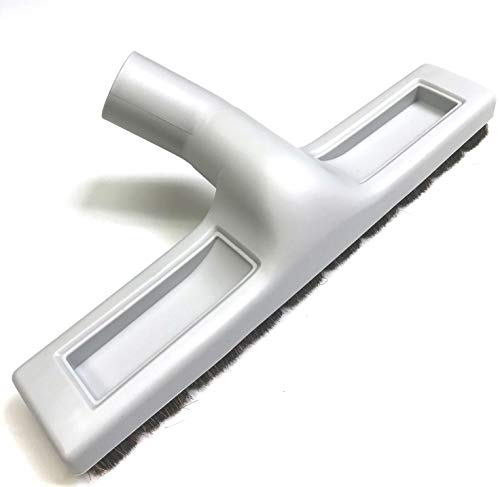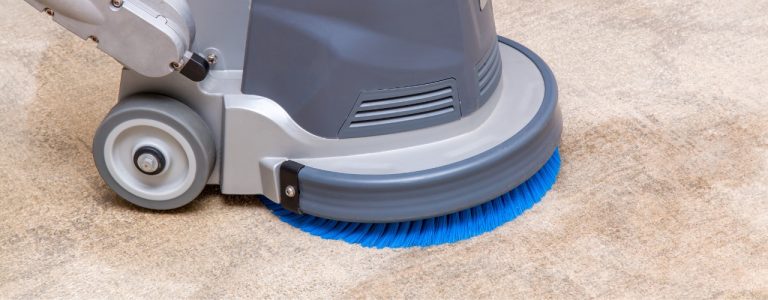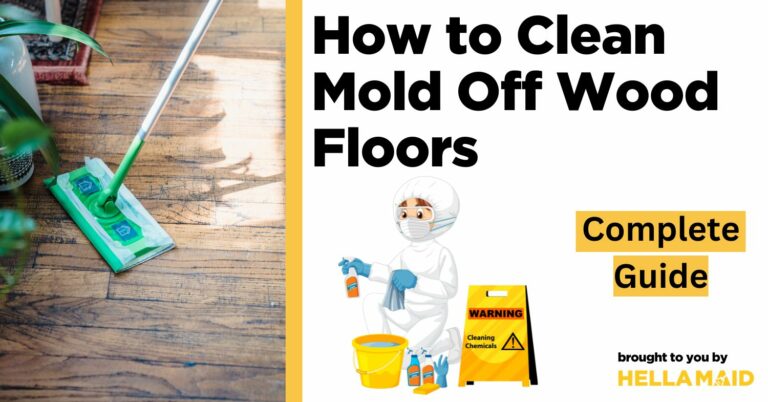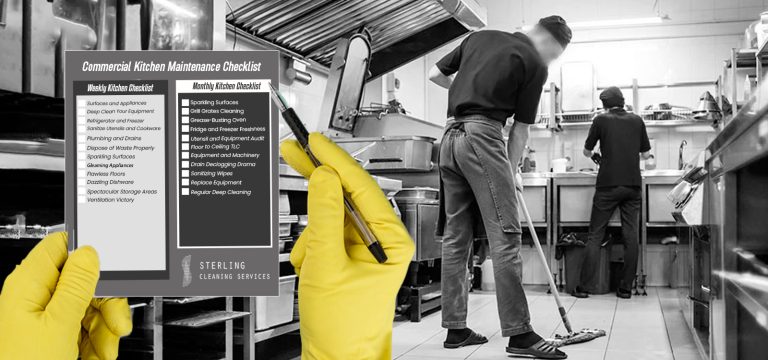How to Clean Kitchen Floor With Vinegar: Ultimate Guide for Sparkling Results
Clean kitchen floor with vinegar by mixing equal parts vinegar and water, then mop the floor thoroughly. Cleaning your kitchen floor with vinegar is a cost-effective and natural way to remove dirt, grime, and stains.
Vinegar’s acidity helps break down grease and residue, leaving your floor clean and shiny. To start, mix equal parts vinegar and water in a bucket or spray bottle. Dip a mop or cloth in the solution and wring out any excess liquid.
Then, mop the floor using long, slow strokes, making sure to cover the entire surface. For tough stains, let the vinegar solution sit for a few minutes before scrubbing. Once finished, rinse the floor with clean water and allow it to air dry. With this simple method, your kitchen floor will be spotless and fresh in no time.

Credit: www.fortador-usa.com
Choosing The Right Vinegar
Looking for the right vinegar to clean your kitchen floor? Choose white distilled vinegar, a versatile and effective option. With its acidic nature, white distilled vinegar helps to break down dirt and grime, leaving your kitchen floor sparkling clean. Simply mix with warm water and mop for a natural, non-toxic cleaning solution.
Types Of Vinegar
Vinegar is a versatile household product that can be used for various cleaning purposes, including cleaning kitchen floors. But with so many types of vinegar available, it can be overwhelming to choose the right one. To make it easier for you, let’s explore the different types of vinegar you can use for cleaning.
| Vinegar Type | Key Features |
|---|---|
| White Vinegar | Clear and colorless, made from distilled grain alcohol, affordable and readily available. |
| Apple Cider Vinegar | Made from fermented apple juice, has a milder scent, and offers natural antibacterial properties. |
| White Wine Vinegar | Made from fermented white wine, has a slightly more acidic taste than white vinegar, and works well for cleaning. |
| Balsamic Vinegar | Dark in color, made from grape must, has a sweet and rich flavor, and should be used sparingly for cleaning. |
Best Vinegar For Cleaning
- White vinegar: This is the most commonly used vinegar for cleaning kitchen floors due to its high acidity and affordability.
- Apple cider vinegar: If you prefer a milder scent and want natural antibacterial properties, apple cider vinegar is a good choice.
- White wine vinegar: With its slightly stronger acidic taste, white wine vinegar is effective for removing tough stains on kitchen floors.
- Balsamic vinegar: While balsamic vinegar can be used for cleaning, it is best reserved for other culinary uses due to its strong flavor and high cost.
When choosing the right vinegar for cleaning your kitchen floor, it’s essential to consider the type of flooring you have. While white vinegar is generally safe for most floor types, it may not be suitable for delicate surfaces like marble or natural stone. In such cases, it’s best to consult your floor manufacturer’s recommendations or use a specialized cleaning product.
Now that you know the types of vinegar and their best uses for cleaning, you can confidently select the most appropriate vinegar for your kitchen floor cleaning needs.
:max_bytes(150000):strip_icc()/white-bathroom-148047481-getty-7e3a1d8f84cf494a84d0a83140a955ac.jpg)
Credit: www.marthastewart.com
Preparing The Floor
Learn how to effectively clean your kitchen floor using vinegar, a natural and cost-effective solution. With simple steps and the power of vinegar, you can easily prepare your floor for a clean and shiny finish.
Clearing The Area
When it comes to preparing your kitchen floor for cleaning with vinegar, it’s important to start by clearing the area. Remove any furniture, trash bins, or loose objects that may obstruct your cleaning process. This will not only make it easier for you to move around but also prevent any accidents or damage. If there are any rugs or mats on the floor, take them off and set them aside for cleaning later. By clearing the area, you’ll have a clean slate to work with and ensure that every corner of your kitchen floor is accessible.Sweeping The Floor
Before you start cleaning your kitchen floor with vinegar, one crucial step is to sweep the floor thoroughly. This will help remove any loose dirt, debris, or food particles that may have accumulated over time. Using a broom or a dust mop, start from one end of the kitchen and work your way to the other, making sure to cover every inch of the floor. Pay extra attention to the corners and hard-to-reach places. As you sweep, gather the dirt into a dustpan and dispose of it in a trash bin. Sweeping the floor beforehand will ensure that your vinegar cleaning solution can efficiently penetrate and lift any stuck-on grime or stains. In conclusion, it’s essential to prioritize the steps involved in preparing the kitchen floor for vinegar cleaning. By clearing the area and sweeping the floor, you’ll create an optimal environment for a thorough and effective clean. With these steps out of the way, you’re now ready to move on to the next stage of cleaning your kitchen floor with vinegar.Mixing The Cleaning Solution
Vinegar is a natural and cost-effective option for cleaning your kitchen floor. One of the best parts about using vinegar is that it’s a versatile cleaner that can be safely used on a variety of surfaces. When it comes to mixing the cleaning solution for your kitchen floor with vinegar, it’s important to get the dilution right and consider adding essential oils for a pleasant aroma and added cleaning benefits.
Proper Vinegar Dilution
Before you start cleaning your kitchen floor with vinegar, you need to properly dilute it. The most common dilution is a mixture of one part vinegar to four parts water. This ensures that the solution is effective at cleaning, while also ensuring that it’s not too strong to cause any damage to your flooring. Here is a simple table to illustrate the proper dilution:
| Vinegar | Water |
|---|---|
| 1 cup | 4 cups |
| 2 cups | 8 cups |
Adding Essential Oils (optional)
If you want to enhance the cleaning power of your vinegar solution and add a pleasant scent, you can consider adding essential oils. Essential oils like lemon, lavender, or tea tree not only leave behind a refreshing fragrance, but they also offer additional antibacterial properties. When using essential oils, always remember to add only a few drops to the cleaning solution, as they are highly concentrated.
Applying The Vinegar Solution
Applying the Vinegar Solution is a simple and effective way to clean your kitchen floor. Vinegar is a natural, non-toxic cleaning agent that can help remove dirt, grime, and stains from your floors. Here are some easy techniques to mop your kitchen floor with vinegar and target tough stains.
Mopping Techniques
When mopping your kitchen floor with vinegar, follow these techniques for the best results:
- Start by sweeping or vacuuming the floor to remove any loose dirt or debris. This ensures that the vinegar solution can work directly on the stains and grime.
- Mix equal parts of white vinegar and water in a bucket. For a stronger solution, you can use straight vinegar.
- Dip a mop or cleaning cloth into the vinegar solution, making sure it is thoroughly saturated but not dripping.
- Begin mopping the floor, starting from one corner and working your way towards the exit. Use even strokes and apply gentle pressure to effectively clean the surface.
- For tough stains, let the vinegar solution sit on the affected area for a few minutes before scrubbing it with a soft brush or sponge.
- Rinse the mop or cleaning cloth frequently in the vinegar solution to ensure that you are always using a clean and effective tool.
- Once you have mopped the entire kitchen floor, rinse it with clean water to remove any vinegar residue.
- Allow the floor to air dry or use a clean, dry cloth or mop to speed up the drying process.
Targeting Tough Stains
Even stubborn stains on your kitchen floor can be effectively treated with the vinegar solution. Here’s how you can target those tough stains:
- If you encounter a tough stain, such as grease or food residue, mix a paste of baking soda and vinegar.
- Apply the paste directly to the stain and let it sit for a few minutes.
- Scrub the stain gently with a soft brush or sponge.
- Rinse the area with clean water and mop the floor as usual.
Using vinegar to clean your kitchen floor is a safe, eco-friendly, and budget-friendly option. By following these mopping techniques and targeting tough stains, your kitchen floor will be left shining and fresh.
Drying And Admiring The Results
Once you’ve finished cleaning your kitchen floor with vinegar, it’s time to move on to the final step: drying and admiring the results. Properly drying your floor not only helps to prevent slips and falls but also leaves it looking beautifully clean and sparkling. In this section, we’ll explore the importance of using proper drying techniques and how to fully enjoy the satisfaction of a job well done.
Proper Drying Techniques
When it comes to drying your kitchen floor, using the right techniques can make all the difference. Follow these steps to ensure your floor dries efficiently:
- Start by removing any excess moisture using a dry mop or absorbent cloth. Wipe up any puddles or standing water to prevent slipping hazards.
- Next, open windows and doors in your kitchen to promote airflow. This helps to speed up the drying process and ensures that any residual vinegar odor dissipates quickly.
- If you’re in a hurry or want to avoid the hassle of mopping, consider using a fan to circulate air and accelerate drying. Position the fan so that it blows across the wet areas of the floor.
- For those with busy households, using a microfiber cloth or mop specifically designed for fast drying can be a game-changer. These tools are highly absorbent and help to remove moisture quickly, leaving your floor dry in no time.
Enjoying A Sparkling Clean Floor
Now that your kitchen floor is clean and dry, it’s time to sit back and enjoy the fruits of your labor. Take a moment to admire the sparkling results, knowing that you’ve successfully cleaned your floor using a natural and cost-effective method. Here are a few ways to fully appreciate your spotless kitchen floor:
- Invite friends or family over to showcase your freshly cleaned floor and receive compliments on your hard work.
- Take a photo of your kitchen floor and share it on social media, inspiring others to try vinegar as a cleaning solution.
- Dance or walk barefoot on your clean floor, reveling in the smoothness and cleanliness beneath your feet.
- Enjoy a peaceful moment in your kitchen, knowing that your floor is not only visually appealing but also free from harmful chemicals.
By following proper drying techniques and taking the time to appreciate your sparkling clean floor, you can enhance the overall cleaning experience and maintain a beautiful kitchen space. Remember that regular maintenance and routine cleaning with vinegar can help keep your kitchen floor looking its best for years to come.

Credit: www.amazon.com
Frequently Asked Questions For How To Clean Kitchen Floor With Vinegar
Can I Use Vinegar To Clean My Kitchen Floor?
Yes, vinegar is an effective natural cleaner for kitchen floors. Its acidity helps remove dirt, grease, and grime without leaving any residue. Just mix equal parts of vinegar and water, and mop the floor using this solution. Remember to rinse with clean water afterwards to remove any vinegar smell.
Will Vinegar Damage My Kitchen Floor?
No, vinegar is safe to use on most kitchen floors, including linoleum, tile, and laminate. However, it’s important to dilute vinegar with water before using it as a cleaner. This helps prevent any potential damage or discoloration caused by the acidity.
Always spot test in an inconspicuous area first to ensure compatibility with your specific flooring.
How Often Should I Use Vinegar To Clean My Kitchen Floor?
Frequency of use depends on the level of dirt and spills in your kitchen. Generally, it’s recommended to clean your kitchen floor with vinegar once a week for regular maintenance. However, high-traffic areas may require more frequent cleaning. Pay attention to any stains or spills and address them promptly to avoid stubborn buildup.
Conclusion
Incorporating vinegar into your cleaning routine is a cost-effective and natural way to keep your kitchen floor clean and shiny. Its acidic properties help to break down grime and bacteria, leaving your floor not only spotless but also germ-free. By following our simple steps, you can effectively maintain a hygienic and welcoming kitchen space.
